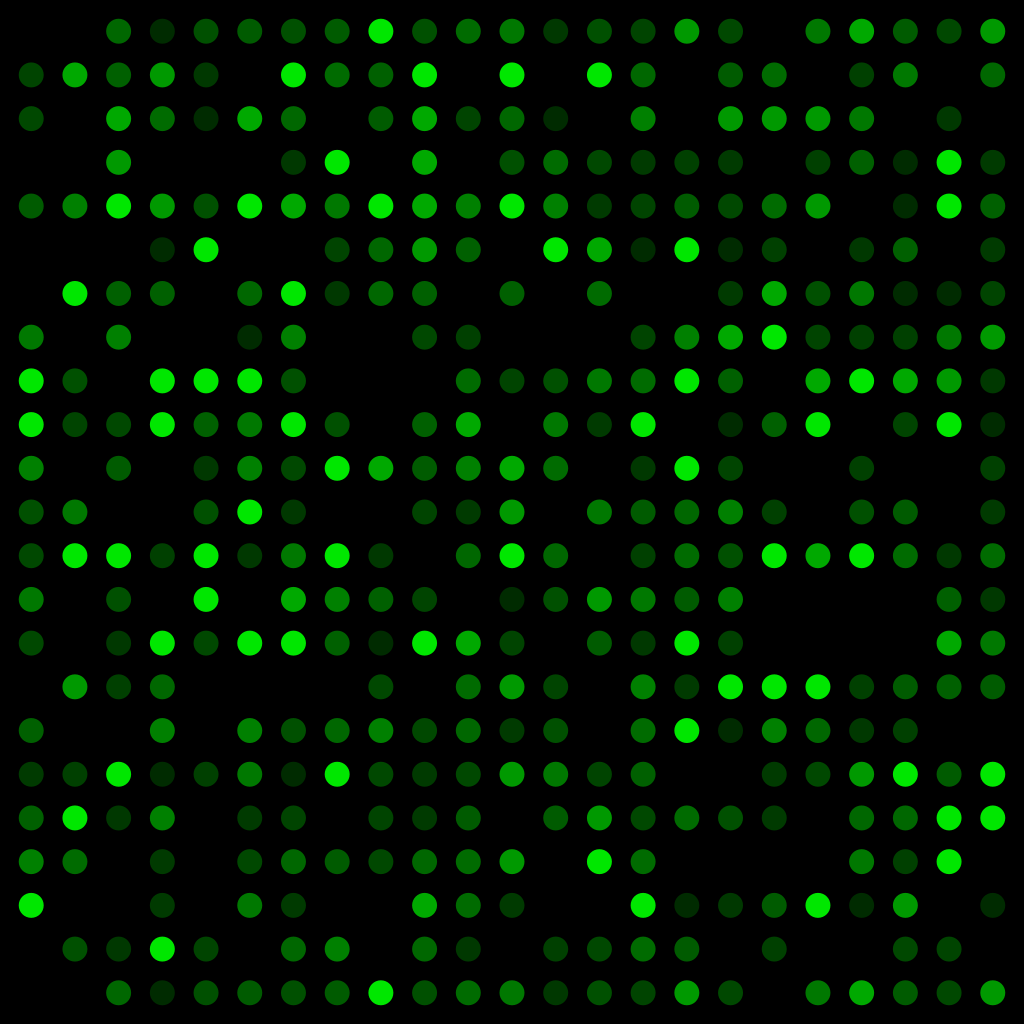Modern biotechnology has enabled the production of various important recombinant proteins, such as DNA polymerase, fluorescent proteins, and insulin. However, many labs rely on the costly IPTG as an inducer, which causes the production cost to be high on scale-up. IPTG accounts for 41% of the raw material cost in some systems. It requires refrigerated storage and is not readily available all over the world. To advance the work of Open Bioeconomy Lab in developing recombinant protein expression techniques for local biomanufacturing in the global South, it is thus very desirable to replace IPTG with a more cost-effective inducer that is readily available.
Light offers an attractive alternative as an effective and inexpensive inducer. Not only does it act as a low-cost and rapid inducer with an excellent spatio-temporal control, optogenetic circuits also enable dynamic controls which has been shown to greatly increase protein yield. The next step to implement optogenetics is scaling up the system to production scale. To start my MPhil Biotechnology research project with OBL, I undertook a review to highlight the various optogenetic circuits available at the laboratory scale and the key advantages of optogenetics.
Important aspects in scaling up optogenetic system were reviewed, along with discussions on the development of mathematical models for scale-up purposes. Finally, the paper explores various photobioreactor designs that could be employed to carry out industrial-scale optogenetic fermentation. You can read the full review here.
I found that the main concern in scaling-up optogenetic processes is ensuring enough light can penetrate inside a dense microbial cell culture and how process parameters are affected by light intensities inside the culture. Mathematical models that describe those phenomena are not yet available, and need to be developed to give a rational basis for scaling-up this new technology from the lab bench to the industrial scale. Developing a representative model would also be a key step in designing an optimal photobioreactor for optogenetic fermentations.
Currently, no models that describe light penetrance for E.coli and relates light intensity to process kinetics yet exist. Thus, I am developing mathematical models that show how red, green, and blue light are attenuated by the cell culture. I will use these models as the basis in selecting the most promising optogenetic circuits for scale-up. I will then assess the performance of the selected promoters by evaluating how light affects the product formation kinetics and thermodynamics. From those models, I will design a 2-L open-source photobioreactor for the production of recombinant enzymes with optogenetic control.
You can find out more about the project here and view the project plan and the full literature review.


